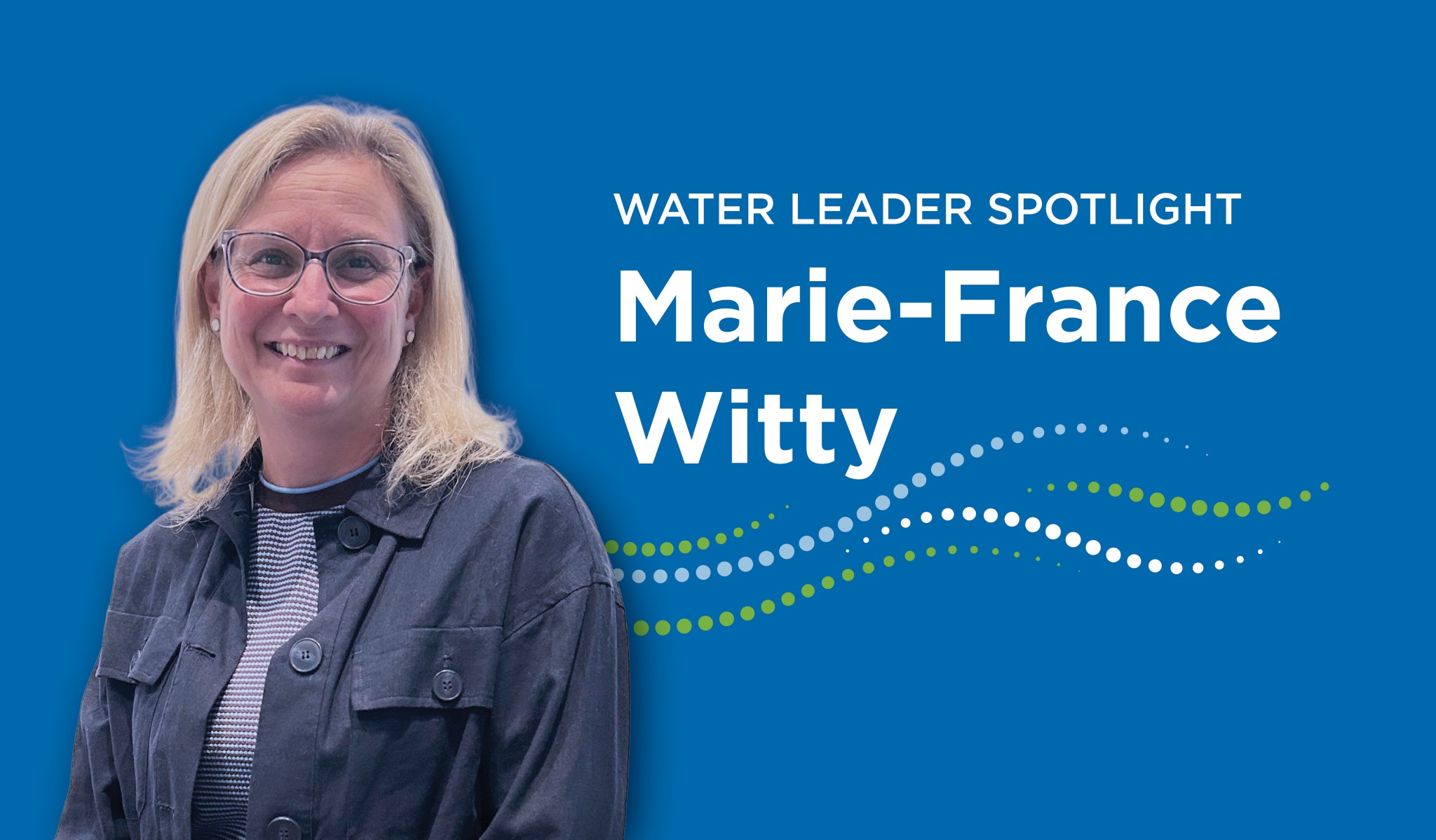Digital roadmaps: What does digital transformation look like for water utilities?

Xylem, one of Canadian Water Network's (CWN) Innovation Partners, recently hosted a panel discussion on digital roadmapping in water utilities. Industry leaders participated in a dialogue about what it means to "digitally transform" a utility. This includes presenting current definitions and frameworks, highlighting successful examples, and sharing a peek into the digital future. The panel members included Tim Braun from Xylem, George Hawkins from Moonshot Missions (former CEO of DC Water and Sewer Authority), and Reese Johnson from the Metropolitan Sewer District of Greater Cincinnati.
Pillars of transformation
The expert panel emphasized three critical elements of digital transformation: people, processes, and technology. The largest cost for a utility is personnel, partly because traditional approaches used to operate a utility are inefficient and labour-intensive. The panel underscored the necessity of shifting from outdated processes to innovative solutions. Upskilling and securing staff buy-in are crucial for implementing new technologies and approaches. Doing this can help optimize operations to increase efficiencies while introducing new digital training, roles and opportunities for staff.
Envisioning utilities as digital ecosystems
Tim advocated for a paradigm shift where water and wastewater utilities are viewed as digital ecosystems. This would help organize and standardize data for all team members across an integrated platform. Tim also introduced the concept of a 'Digital Twin,' the convergence of real-time data sets that provide insights into a utility's operational states and help improve workflows.
Digital transformation journeys
George shared DC Water's digital transformation journey. He highlighted the utility's drive to address the challenges associated with insufficient funds and staffing costs. George discussed how integrating systems across departments significantly increased procurement efficiencies and cost savings. A notable co-benefit was the recruitment of skilled staff.
Reese shared Greater Cincinnati's success story, where the move towards digital was driven by sewer overflows. The utility increased data collection and applied market-based optimization to its sewer system, which resulted in reduced overflows and optimized facility function. The collected data is shared across teams to reduce siloes and increase accountability. Data is also shared publicly to raise awareness by taxpayers and increase buy-in of services.
Moving forward
The panel concluded by reminding the audience that instead of aiming for perfection, it is important to continuously strive for small, individual wins that slowly build the business case of digital roadmapping at their organizations. These insights provide a valuable guide for other utilities that are looking to embark on their digital transformation journey.

















